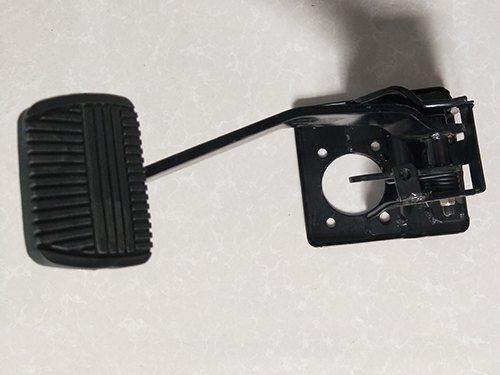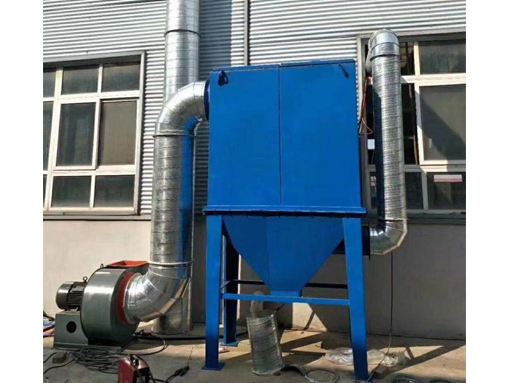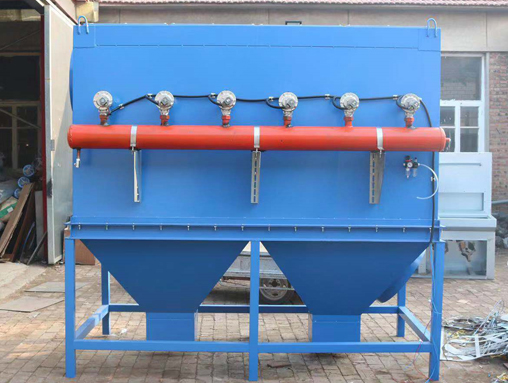Analysis and Application of Stamping Parts and Precautions for Mold Forging
1、 Analysis and Application of Automotive Stamping Parts
1. Reasonably set process holes
To deal with problems caused by materials, manufacturing personnel can choose appropriate positions to punch process holes when stretching the blank, or punch process holes at variable positions during stretching. The process holes produced by stamping should be of appropriate size, neither too large nor too small. If the process hole is too large, metal stamping parts will be produced; Easy to cause flipping holes; If the hole is too small, the top of the process part cannot be fully filled, resulting in the inability of material to enter the part, and then causing necking around the top process hole.
2. Reasonably set up process supplementation
The process supplementation in automotive parts provides the foundation for qualified parts. During the manufacturing process, material supplementation is carried out on the premise of stamping parts, which not only has an important relationship with the forming of parts by blank stretching, but also has an inseparable connection with the subsequent related processes. During the manufacturing process of automotive parts, if the stretched parts have large gaps, significant losses may occur due to the inability of the blank to be replenished with external materials during stretching, resulting in non-conforming parts. In order to reduce the occurrence of this phenomenon, the automobile manufacturing industry has conducted relevant analysis and research, and decided to reserve the material resources that need to be supplemented in the blank pre forming stage to help timely supplement the blanks with gaps.
3. Improvement of Automotive Molds
A common part in automobile manufacturing, if both sides of the part need to be modified, for the convenience of process operation, the production can be freely operated to place the parts. In general, the construction and trimming method of two side oblique wedges is commonly used for automotive parts molds.
2、 Precautions for forging stamping parts molds
To ensure the overall quality of stamping die forging, in addition to selecting materials for stamping die production and standardizing the steps of stamping die forging, it is also necessary to comprehensively grasp the precautions during stamping die forging. Generally speaking, the key points of forging stamping dies can be summarized into three aspects: forging technology, forging time, and forging force.
1. Forging technology for stamping parts molds
The forging technology of stamping die is to grasp the key points of stamping die forging from the perspective of forging personnel's process. If the processing personnel can accurately grasp the focus of the forging practice of the stamping die on the basis of standardizing the forging method of the stamping die, and accurately strike the forging position of the stamping die, the problem of residual forging defects during the forging process of the stamping die can be avoided. When adjusting the die later, the possibility of damage to the metal stamping die can naturally be reduced; On the contrary, if the forging personnel of stamping parts molds cannot master the skills of mold forging, the mold materials cannot achieve standardized and regular production. This also explains why the production process of some stamping parts molds is seamless, while the forging process of some stamping parts molds requires subsequent adjustments.
2. Forging time of stamping die
The forging time of stamping die is the method of grasping the forging manufacturing of stamping die from the perspective of the physical characteristics of the production materials of stamping die. During the forging process of stamping molds, production personnel need to grasp the melting point changes of the materials used in production. Once the material of the stamping die reaches its melting point, forging should be carried out immediately. However, forging should be carried out when the material has melted or before any physical changes have occurred. This is also one of the key points that need to be grasped in the forging of stamping dies.
3. Forging force of stamping die
The grasp of forging force of stamping die refers to the forging strength of stamping die that needs to be grasped when the die is re plasticized during forging. Try to avoid excessive forging strength during stamping die forging, which may cause deformation and bending of the stamping die, affecting the aesthetics of the stamping die.







